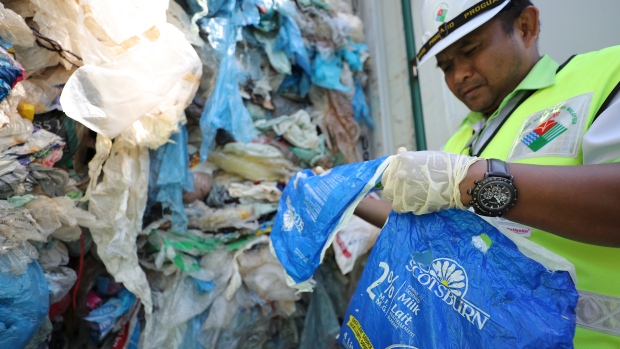Household products cause as much air pollution as cars
Household products like soap, perfume, and paint, but also pesticides, coatings, printing inks, adhesives and personal care products release as many toxic pollutants into the air as vehicles, according to scientists from the US National Oceanic and Atmospheric Administer (NOAA).
Household products cause almost just as much damage as cars do
Researchers have warned that chemicals in products such as these are a major source of air pollution – significantly more so than previously thought – and that efforts to cut down on pollution should be adjusted.
What’s more, airborne chemicals that originate inside a house don’t stay there: Volatile organic compounds (VOCs) from products such as shampoo, perfume and cleaning solutions eventually escape outside and contribute to ozone and fine particle formation, making up an even greater source of global atmospheric air pollution than cars and trucks do.
Another study conducted by the researchers at Colorado University says that the source of non-vehicle VOC sources is likely two or three times higher than estimated under present air pollution inventories. Meanwhile, stricter vehicle emission controls have made cars and trucks cleaner – resulting in consumer products rivaling cars in air pollution contribution.
The question they were searching the answer for was how do basic activities like cooking and cleaning change the chemistry of a house.
Their research, the HOMEChem field campaign, was conducted in 2018, Vance. It used advanced sensors and cameras to monitor the indoor air quality of a 1.200-square-foot manufactured home on the University of Texas Austin campus. Over the course of a month, Vance and her colleagues conducted a variety of daily household activities, including cooking a full Thanksgiving dinner in the middle of the Texas summer.
Ventilate your home to reduce negative health impacts
While the HOMEChem experiment’s results are still pending, Vance said that it’s apparent that homes need to be well ventilated while cooking and cleaning, because even basic tasks like boiling water over a stovetop flame can contribute to high levels of gaseous air pollutants and suspended particulates, with negative health impacts.
Those household products had an outsized effect on air pollution, the team now reports. By weight, people use about 15 times more gasoline and diesel compared with VOC-emitting goods, such as soaps, shampoos, deodorants, air fresheners, glues and cleaning sprays. Yet those household products were responsible for 38 percent of the VOC emissions, the researchers found. That amount is 6 percentage points higher than the share due to gasoline and diesel use. The VOCs from household products also contributed as much as the fuels did to the production of ozone and fine particulates.
“Even the simple act of making toast raised particle levels far higher than expected,” Vance said. “We had to go adjust many of the instruments.”
Many traditional sources like fossil fuel-burning vehicles have become much cleaner than they used to be. Ozone and fine particulates are monitored by the EPA, but data for airborne toxins like formaldehyde and benzene and compounds like alcohols and ketones that originate from the home are very sparse.
Experts say that it’s unfortunately too early to make recommendations on policy or consumer behavior, he said that it’s encouraging that the scientific community is now thinking about the “esosphere,” derived from the Greek word ‘eso,’ which translates to ‘inner.’
“There was originally skepticism about whether or not these products actually contributed to air pollution in a meaningful way, but no longer,” de Gouw said. “Moving forward, we need to re-focus research efforts on these sources and give them the same attention we have given to fossil fuels. The picture that we have in our heads about the atmosphere should now include a house.”
Experts advise consumers to use smallest amount possible to get the job done stating that cleaning and beauty products release compounds that react in the air to produce particles known as PM2.5.
These particles cause breathing problems and have been linked to 29,000 premature deaths in the UK alone every year.
Experts previously blamed traffic for most air pollution but now believe it only accounts for half, while perfumes, moisturisers and paints – contribute much of the rest.







